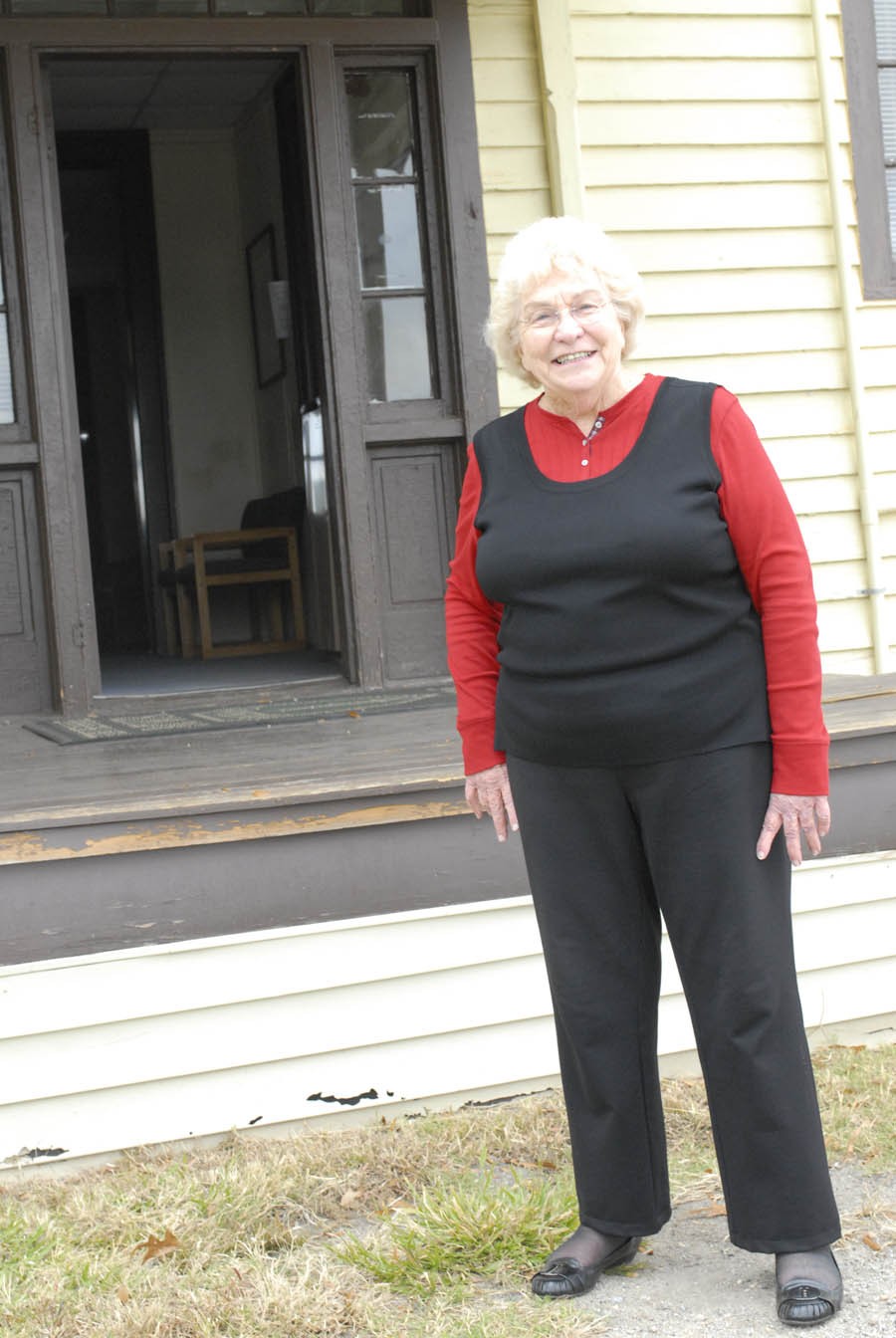
FORT BENNING, Ga. - This trip was almost seven decades in the making.
Pearl Follett, who was born at Fort Benning in 1929 and lived here until 1943, visited this week for the first time since leaving as a teenager. Now 81, she's writing a book on life here from the perspective of a private's daughter titled West Eden: An Early History of Fort Benning (1918-1943).
During her post tour Tuesday, Follett stopped off at two former homes - one at Building 8 and another on Ingersoll Loop near Russ Pond. Later, she paid a visit to the old Patch School. It's Army Community Services today but used to be Fort Benning Children's School, where she attended kindergarten through seventh grade.
As a young girl, she lived about two years in the residence at Building 8, which presently houses the Garrison Community Life Main Office and sits in between the fork in the road near Indianhead Village and up the hill from Lawson Army Airfield. Back then, it sat on a 50-acre farm that fed Soldiers of the 29th Infantry.
Walking on the porch out front and through the rooms inside, Follett, of Bellingham, Wash., said it triggered a flood of memories.
"It got me tearful a bit. It's changed so much," she said. "I'm trying to orient myself to remember how it was. It was like the Garden of Eden - fruit, vegetables and flowers everywhere."
Her active-duty father, William Jennings Bryan Bell, ran Bradley Farm, as it was known. The 29th Infantry Garden produced corn, onions, radishes, cabbage and other vegetables. She said families on post paid 50 cents a month for food baskets, but they were free to Soldiers in the barracks.
A World War I veteran, Bell died in the house Nov. 17, 1935, after falling from a horse. Follett said he's buried in the post cemetery and she placed a wreath on his gravesite Tuesday morning.
Building 8, the oldest structure on Fort Benning, was constructed sometime before the turn of the 20th century, said Ed Howard, historic preservation specialist with the Environmental Management Division's Department of Cultural Resources.
"During the course of our correspondence, she has provided us with valuable historical information that we have been able to obtain from no other source," he said. "This was a tight-knit neighborhood with a cluster of houses that formed this farming community. She told us about a world we didn't even know existed - that of the Soldier-farmer status."
Jump school and Officer Candidate School facilities on Main Post used to be an area surrounded by farmland, forest and swamps, Follett said.
"There were rattlesnakes in the woods," she recalled. "We used to take snake kits during walks in case we got bit. ... I remember seeing alligator tracks one time near a pond in the woods."
The youngest of five siblings, Follett said her oldest brother once sold a pig from the farm to buy a new rug for their mother in the house. She and her sister once found old Creek and Cherokee Indian arrowheads near what's now the airfield.
Follett arrived in Columbus on Sunday and planned to leave today. She says she's about halfway finished with her book but isn't sure when it might be published.

Social Sharing